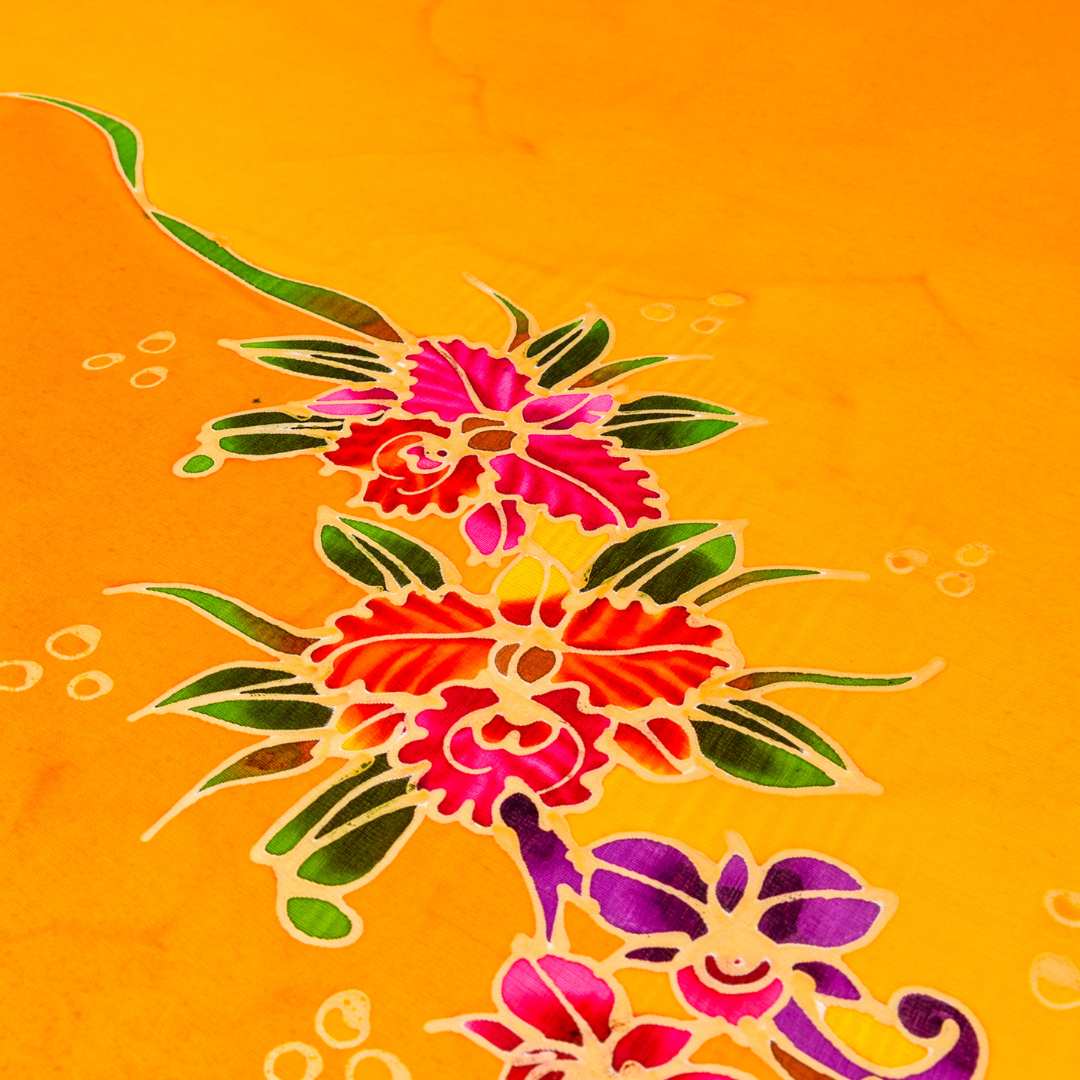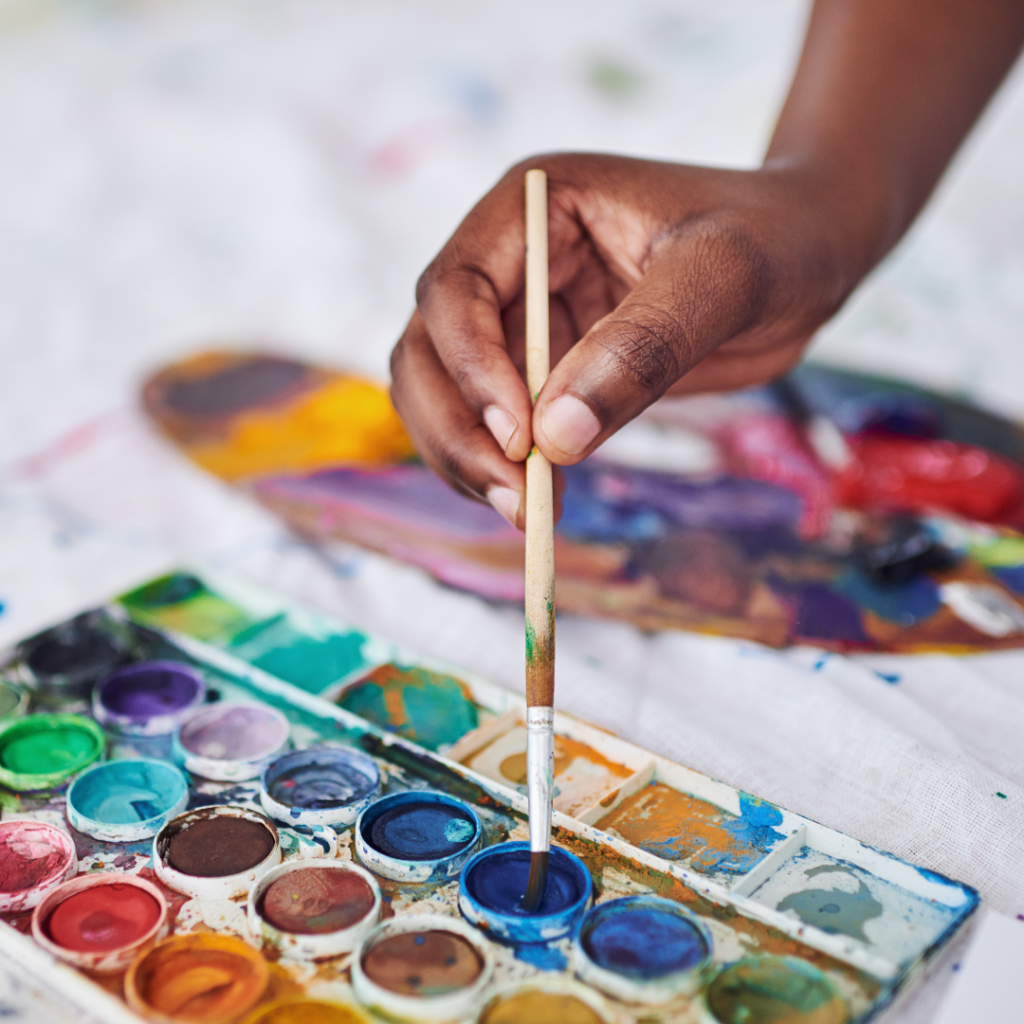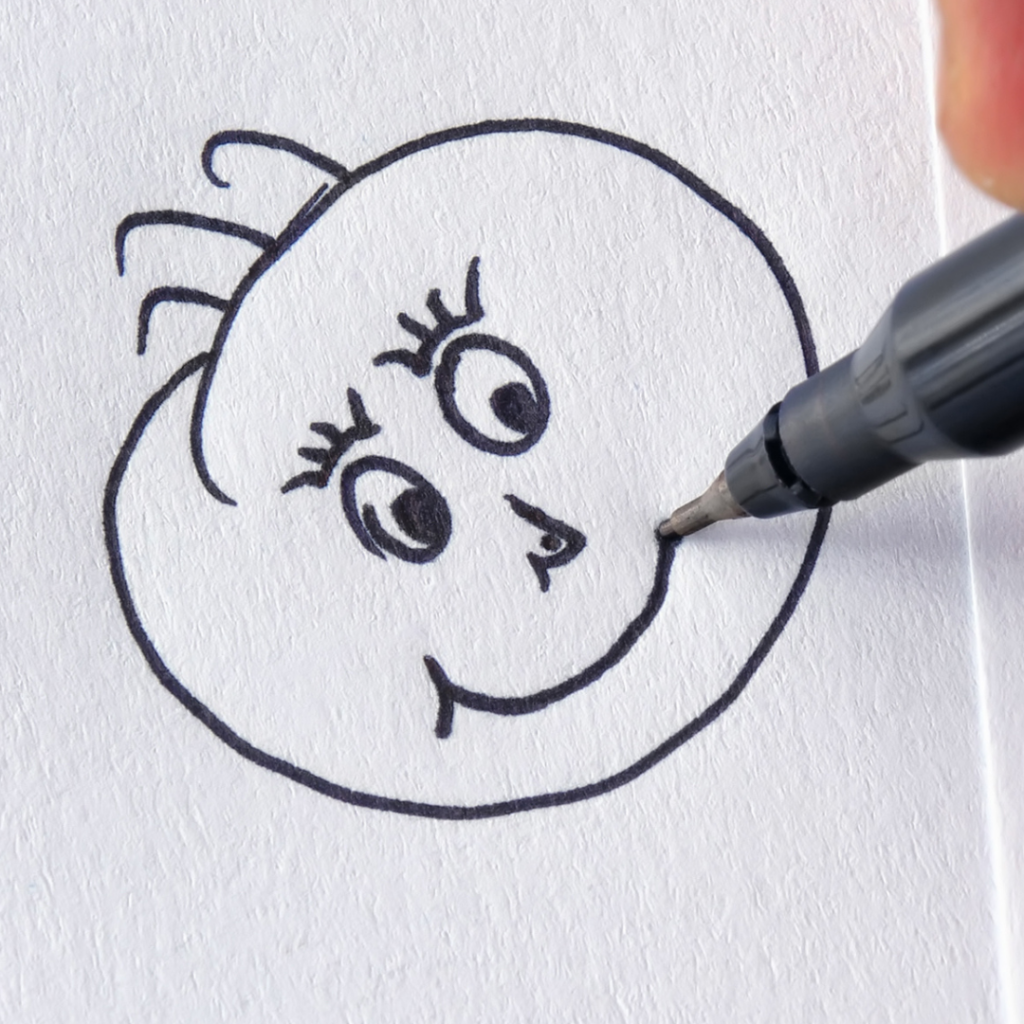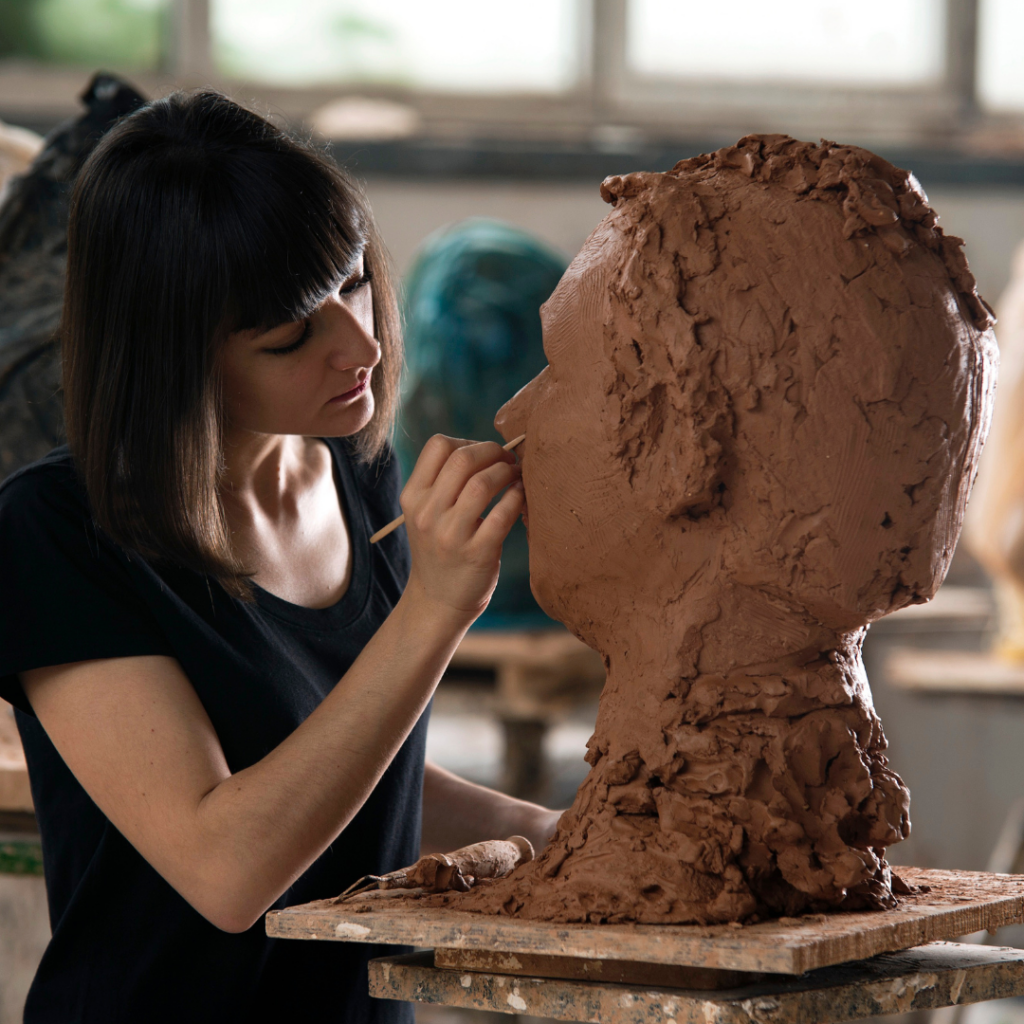Welcome to the heartbeat of Integrative Counsel, our blog where tranquility meets transformation. This is your sanctuary for insights and wisdom on nurturing a harmonious connection between mind, body, and spirit.
DIY Therapeutic Activities For November 2024

A gentle chill is striking the air. The last leaves have almost fallen. Thanksgiving, and its looming threat of a reunion with our family, is almost upon us. Autumn is drawing to a close, and it can be tempting to close the book on your own therapeutic growth along with it. Even when your home environments, normal routines, and even therapists are out of contact, you can still make therapeutic progress. We’d like to help you with that.
Your activities should be informed by who you are as an individual, and that’s why DIY therapy can be so powerful. This is an environment where you have the ultimate authority to self-analyze and self-repair the inevitable wounds of the human spirit. These activities are here to guide your journey this November, but only you can dictate how and when you embark on it.
“You can’t just sit there and wait for people to give you that golden dream, you’ve got to get out there and make it happen yourself.” Diana Ross
How Does DIY Art Therapy Work?

DIY art therapy works for all the same reasons that art therapy works: through art we can interface with our unconscious mind and integrate our subconscious thoughts and feelings. That’s true even outside the company of a trained mental health counselor. DIY art therapy can change your life, especially when you do it right. So how can you get the most growth out of your art therapy?
- Know The Ingredients To Your Creativity Creativity is as critical to our mental health as the creature comforts we crave. But in order to foster our creativity, we need to give ourselves the space, time, sensitivity, constraint, and freedom to be creative. Do some experimenting and figure out what you need to feel creative.
- Enjoy The Artistic Process. One of the biggest advantages when it comes to DIY art therapy is that it can be incredibly fun. But there are a number of behaviors that can habitually get in the way of that fun; perfectionism, low self-worth, and workaholism can each lessen our enjoyment of the artistic process in their own ways. Think of your artistic journey the way you think of working out. We probably won’t win a weightlifting competition or play in the NBA, but we still lift weights and play basketball because it’s fun and we feel healthier when we do. Art is much the same way. We probably won’t make a masterpiece or do it professionally, but we make art because it’s fun and we feel healthier when we do.
- Incorporate Art Into Your Routine. In order to make art, we have to carve the time out of our schedule. That means finding a moment where you can meet your creative needs without neglecting your other responsibilities. However brief the time you set aside for art, the most important thing is that continue doing it.
- Befriend Your Inner Critic And Self-Analyze. DIY art therapy doesn’t need to give you earthshaking revelations about yourself to be worthwhile, but if you can wrangle your inner critic into a productive partnership, art therapy can allow you to learn about the deepest unknown parts of yourself.
“Art therapy is really great for anyone! You don’t have to be an artist, which is a misconception. People think you have to be amazing at it and that’s the only way you’ll get anything from it. So you definitely can just be anybody, anybody who wants to have a more creative approach to their therapy. Through the art making process you can become more aware of your emotional state, your identity, events in your life, trauma, and even relationship dynamics.” Quinn Smalley
What Is A Therapeutic Exercise For Managing Family Stress?

What You’ll Need:
- pencil & paper
- 30 minutes
What You’ll Do: Draw a page full of faces. They can be as simple or detailed as you would like. They can look as different as you would like, but be certain to give them one or two common similarities so they share a certain style. Make sure to represent multiple ages, genders, and emotions in their expressions.
How You’ll Process: What you’ve just drawn, whether it was consciously or not, is a family. Think about how these faces interact as a family. Who is the father? Who is the mother? How are they similar to one another? How are they different?
What Are Creative Exercises For Anxiety?

What You’ll Need:
- journal & writing instrument
- 30 minutes
What You’ll Do: Open your journal to a point where you have two blank pages to work with. On the left page, you will write some of the things you are most anxious about separated line by line. On the right page, you will try to write courses of action to alleviate each of those anxious thoughts line by line. You do not need to be detailed in writing down either the anxious thoughts nor the plans to alleviate them. If you cannot think of a remedy to one or more of your anxious thoughts, do a short doodle on another page then return to your list.
How You’ll Process: When we’re in an anxious frame of mind, it can be almost impossible to see the big picture. The purpose of this exercise is to help you zoom out by recognizing possible solutions for each of your anxieties. Even if we cannot fully solve our issues, we can figure out how to tolerate them in the moment.
What Art Therapy Activities Are Good For ADHD Adults?

What You’ll Need:
- a topic you are extremely interested in.
- an art form you’ve never used before (sculpture, pottery, poetry, etc.)
- 60 minutes.
What You’ll Do: One of the more common, but less acknowledged symptoms of ADHD is hyperfocus. People with ADHD often find it very easy to hone in on certain topics with a high degree of focus. So, figure out what you find it easy to hyperfocus on, and make that the subject of your next piece. Moreover, all human beings find it easier to focus on something that is new and novel, so try working with a medium you’ve never tried before.
How You’ll Process: Consider your experiences with hyperfocus. What draws your attention? What does it feel like (mentally and physically) when you’re deeply engaged with something? How did making this piece engage you? How could it have engaged your focus even more?
How Can I Reconnect With My Artistic Side In 2024?

What You’ll Need:
- a group of art or therapy interested friends
- the bravery to create and host a social gathering
- general art supplies (paper, colored markers, pencils, stickers, glue)
- snacks (optional, but worthwhile)
What You’ll Do: Throw an art therapy party! Gather up your favorite DIY art therapy activities (we’ve made quite a few), lay your supplies on a big flat area (ideally a table, but a floor is workable too), and invite some of your friends over to do group art therapy.
How You’ll Process: Share your pieces with the other partygoers! The viewpoints of others can illuminate information that might have taken us years to uncover on our own. The power of doing therapy in a group is being able to share our vulnerabilities with others and having those vulnerabilities be explored and accepted. If we are brave enough to share our deepest unknown parts, then all can share in the wisdom acquired.
Integrative Counsel proudly offers virtual Art Therapy with Quinn. Quinn uses virtual art therapy to treat individuals with OCD and Anxiety, as well as those undergoing a major life transition or adjustment and are experiencing grief. Click here to schedule your virtual art therapy session!
Sunny Ebsary is an educator, multi-modal artist, and writer specializing in the intersection of myth and mental health. Sunny’s writing walks the line between poetic and logical, giving readers a chance to interface with the mind and imagination. Sunny’s been putting pen to paper since he was a child, writing everything from albums, novels, and plays, to essays, interactive games, and of course, many articles! While studying both psychology and writing, he realized his real passion in life was helping others unlock their creative spark. Whether he’s leading a D&D game, directing a production, or diving deep into the brain, you can be sure Sunny will be ushering you toward finding meaning in your life.
November 14, 2024
Click here to book a consultation call and start navigating your personal path to mental harmony with a therapist who gets you. Your journey, your pace, your story—let's unfold it together.
Let's keep the conversation going.
Feeling the spark to light up your wellness journey?
resources
CONTACT
RATES
join us
shop
SERVICES
OUR APPROACH
visiting professionals
OUR TEAM
HOME
727.342.0054
hello@integrativecounsel.com
Integrative Counsel is committed to providing culturally competent services. We respect the uniqueness of every person including, but not limited to race, ethnicity, gender identity, sexual orientation, class and religious affiliation.
